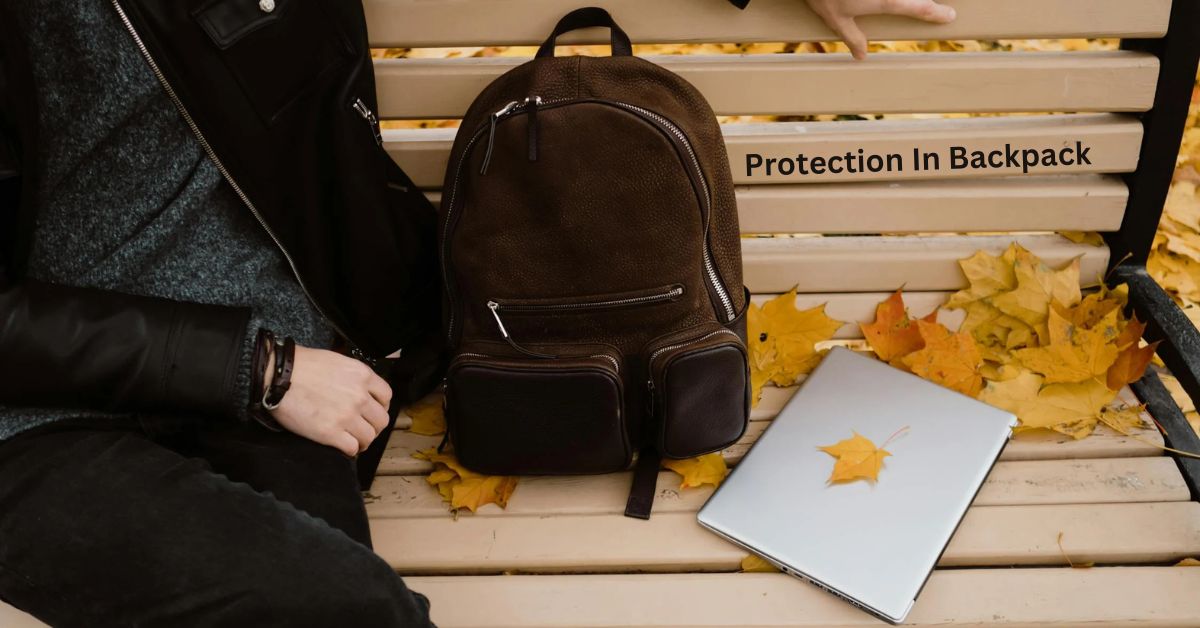How to Protect Laptop in Backpack: A Comprehensive Guide

Carrying a laptop in a backpack is a common practice for students, professionals, and travelers. However, without proper protection, your laptop can be vulnerable to damage from drops, spills, and other hazards. In this article, we’ll explore effective strategies on how to protect a laptop in a backpack, ensuring your device remains safe during your travels.
Understanding the Risks
Before diving into protective measures, it’s essential to understand the risks involved in transporting a laptop. Common threats include:
- Physical Damage: Laptops are susceptible to cracks and breaks if dropped or jostled around in a backpack.
- Liquid Spills: Spills from drinks can easily damage electronic components.
- Temperature Fluctuations: Extreme heat or cold can impact the performance of your laptop.
- Dust and Debris: Exposure to dust can harm the laptop’s internal components and affect performance.
Selecting the Right Backpack
Choosing the right backpack is crucial in protecting your laptop. Here are key features to consider:
1. Padded Compartments
Look for a backpack with a dedicated, padded laptop compartment. This extra layer of cushioning absorbs shock during impacts and helps prevent scratches. Ideally, the compartment should fit your laptop snugly to minimize movement.
2. Water-Resistant Material
Choose a backpack made of water-resistant or waterproof material. This feature protects your laptop from rain or accidental spills. Many backpacks now come with water-resistant zippers and seams to enhance protection further.
3. Durability and Quality
Invest in a high-quality backpack made from durable materials. Look for reinforced stitching, robust zippers, and sturdy straps. This ensures that the backpack can withstand wear and tear.
4. Ergonomic Design
A well-designed backpack distributes weight evenly, reducing the strain on your back and shoulders. Look for padded shoulder straps and a breathable back panel to ensure comfort during transport.
Using Laptop Sleeves
In addition to selecting the right backpack, using a laptop sleeve is an effective way to add an extra layer of protection. Here’s why you should consider one:
1. Shock Absorption
Laptop sleeves are often made from cushioned materials that help absorb shock from drops and bumps. This provides an additional barrier against physical damage.
2. Scratch Protection
A sleeve protects against scratches and scuffs that can occur when your laptop rubs against other items in your backpack.
3. Versatility
Laptop sleeves are portable and can be used independently. You can use them when traveling light or while working in different locations.
Organizing Your Backpack
Proper organization within your backpack plays a vital role in protecting your laptop. Here are tips on how to organize your items effectively:
1. Designate a Laptop Zone
Always place your laptop in the designated compartment to prevent it from being crushed by other items. Keep it separate from heavy books or equipment.
2. Use Padded Dividers
Consider using padded dividers or organizers within the backpack. These can help separate your laptop from other items, preventing potential damage.
3. Store Accessories Safely
Store accessories like chargers, headphones, and external hard drives in compartments designed for smaller items. This prevents clutter and reduces the risk of damage.
Additional Protective Measures
In addition to using the right backpack and organizing your items, consider these additional protective measures:
1. Keep Away from Edges
When placing your backpack down, ensure it is not close to edges or high places. This minimizes the risk of accidental drops.
2. Be Mindful of Weight Distribution
When packing your backpack, distribute the weight evenly. Place heavier items at the bottom and center to maintain balance and reduce strain on the laptop.
3. Avoid Overpacking
Overpacking can cause pressure on your laptop and other items. Limit the number of items in your backpack to ensure your laptop has ample space.
Cleaning and Maintenance
Keeping your laptop clean can also contribute to its longevity. Here are some cleaning and maintenance tips:
1. Regularly Wipe Down Your Laptop
Use a microfiber cloth to wipe down the screen and keyboard regularly. This prevents dust and grime buildup that can affect performance.
2. Use Keyboard Covers
Consider using keyboard covers to protect against spills and dust. These covers are easy to remove and clean.
3. Check for Software Updates
Regularly update your laptop’s software and antivirus programs to keep it running smoothly. This ensures protection against malware and other security threats.
Traveling with Your Laptop
When traveling, additional precautions can ensure your laptop remains safe. Here are some travel-specific tips:
1. Use Security Straps
If you travel frequently, consider using security straps or locks to secure your backpack. This adds an extra layer of protection against theft.
2. Be Aware of Your Surroundings
Always be mindful of your surroundings, especially in crowded places. Keep your backpack close to you to deter potential thieves.
3. Avoid Leaving Your Backpack Unattended
Never leave your backpack unattended in public places, as this increases the risk of theft or accidental damage.
Related Keywords and Phrases
To further optimize your understanding of this topic, consider exploring related keywords such as how to connect a laptop to a backpack, laptop protection tips, best backpacks for laptops, and laptop safety during travel. These topics will provide you with more insights into effectively safeguarding your device.
Conclusion
Protecting your laptop while carrying it in a backpack is essential for ensuring its longevity and performance. By choosing the right backpack, using a laptop sleeve, organizing your items, and implementing additional protective measures, you can significantly reduce the risk of damage. With these tips, you can confidently transport your laptop wherever you go.
By following these guidelines on how to protect a laptop in a backpack, you’ll not only keep your device safe but also enhance your overall travel experience. Remember that your laptop is an investment, and taking care of it is crucial for its durability and functionality. Whether you are a student, a professional, or a traveler, these practices will help you keep your laptop secure and in optimal condition.



